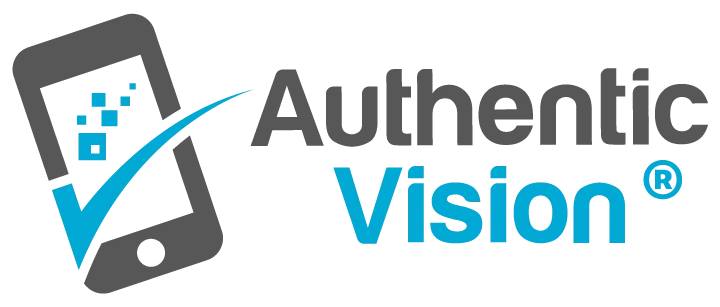Powering the Circular Economy
The circular economy is catching on. This sustainable model, where products and materials are recycled or reused instead of wasted to create a closed-loop system, has become a cornerstone of the EU’s goal to achieve a climate-neutral Europe by 2050.
Still, it’s an uphill battle, most clearly demonstrated by the recent rise in marine litter from single-use plastics, which continue to increase worldwide. 60- 90% of marine litter is plastic and its estimated that 5 to 13 million tons of plastic waste find their way into the oceans every year, according to the Rethinking Plastics – Circular Economy Solutions to Marine Litter report.
Going Circular
Despite this, there’s a growing understanding across the globe that a circular economy is the only working alternative to the plague of single-use plastics and other waste.
For instance, the European Commission recently adopted a zero-waste program, with a goal to recycle 70% of EU municipal waste and 80% of packaging materials by 2030. Denmark has banned new incineration plants and Sweden is dramatically increasing metal recycling. In China, the circular economy was a centerpiece of their most recent five-year plan.
Scotland became the first nation to join the Ellen McArthur Foundation’s CE100 circular economy group, a network of 100 companies working toward a three-year transition to a circular economy. And Japan passed the Law for the Promotion of Efficient Utilization of Resources, treating all materials as circular goods. Today, 98% of their metals are recycled.
Keeping Green Good
Besides plastic, another contributor of waste is agrochemicals. For these pesticides, a label can play an integral part in tracking the circular economy. The Authentic Vision label functionality enables the ability to track and return containers while educating buyers on correct cleaning.
A tag with a unique Holographic Fingerprint™ from the anti-counterfeiting solution provider Authentic Vision enables the instant authentication of each product on every smartphone with the free ‘CheckifReal’ app. Each scan provides precise global geolocation of counterfeiting attempts, increasing the effectiveness and efficiency of enforcement efforts.
With the Authentic Vision label (which remains on the container), the recycling company is able to efficiently and consistently track each container. It starts with the farmer, who registers each product he purchases. Once registered, the product is connected with his account until deleted by the recycling company.
Based on the uniqueness of each Holographic Fingerprint™, the Authentic Vision label also provides a secure digital identity, value-added services, product history, and ownership elements that are essential to determining tracking and tracing over a product’s life cycle. Attempts to manipulate or alter this are automatically recognized with the app on any smartphone. No special equipment or training is required. The app authenticates the tag in real time and delivers immediate and indisputable results.
In an additional application, the Authentic Vision label was added to packages to not only allow anti-counterfeiting and tracking in the life cycle, but also to deliver specific recycling instructions. Again, the label remained on the packaging and the recycling company was able to automatically read the code. The result for recyclers was detailed information about the packaging materials, enabling a higher degree of recycling.
Now circular economy recycling processes are powered by real-time market data and insights on channel and farmer behavior. And the mobile delivery of package information and product registration delivers deeper consumer communication and engagement.
When authentication is built into every cycle, the circle is complete.

